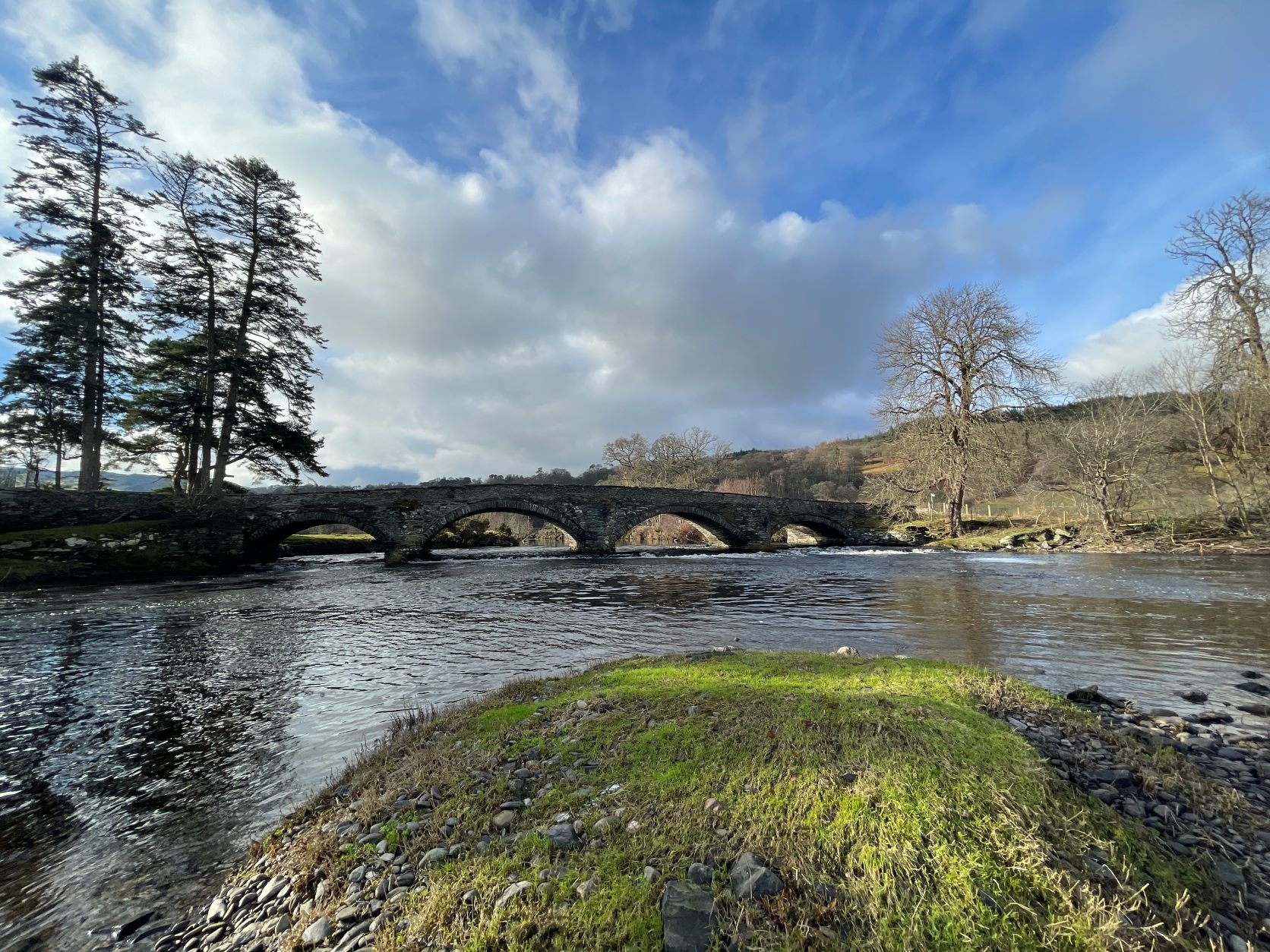What is a flood risk report?
During the conveyancing process, a flood risk report is used to let prospective buyers know if the property is at risk of flooding in the future, depending on floods from the past.
In order to give a general idea of the danger of flooding to the property or land, the report is put together using a collection of flood data from The Environment Agency, The British Geological Survey, and property data from HM Land Registry.
What is included in a flood risk report?
A typical flood risk report contains the following sections.
- Flood risk with protection measures
- Provided flood protection measures
- Property flood risk information
- Property flood history
- Guidance for property owner/occupier
- Glossary
Methodology and key considerations when interpreting flood risk reports
Flood risk with protection measures
After considering the flood measures provided, the flood risk to the property is summarized in this section.
- The highest flood depth that the measures can guard against is given, in meters above the property line and in m AOD, if possible.
- The measures incorporated into the property are distinguished as manual and automatic.
- The projected flood risk likelihood for each source of flooding like surface water, groundwater, rivers, sea, etc at which the protective measures will no longer be effective is given.
- The measures identified in the pre-installation survey are stated if they have been fitted, and if they have not been fitted, the reason for it.
- Visually inspectable measures and those that are not visually inspectable during the survey are differentiated.
- The following information can also help assess the effectiveness of flood protection measures.
- It is indicated whether the property is a standalone structure or if it shares a wall with another property. When possible, if a wall is shared, if the adjacent property has flood protection measures and the level of protection that these measures offer are mentioned.
- Information on community flood groups in the area is specified, and if the tenant or owner is a member of the group is indicated.
- The pertinent flood warning services available are described, how or whose organisation delivers them, and whether residents are signed up for them.
Provided flood protection measures
- All measures provided against flood risk are provided.
- Activities outside the property’s border might be paired with flood protection measures to lower the risk of flooding. Information if any similar work has been done that has had an impact on this property is provided.
Property flood risk information
- The flood risk from every possible source of flooding is summarised in this section. The estimated possibility that the property will flood for each potential cause of the flooding is given. Even if it is impossible to assess the risk for any of the sources, this table would still be used.
- If it is impossible to evaluate the property’s flood risk, it is stated in a phrase above the summary table.
- Any topographic surveys that have been done in detail are described. If the property hasn’t had a topographic survey, that is declared.
- Where possible, supplementary tables are used to offer more specific data on flood levels and heights at the property from various sources.
- If there is any information on how climate change affects flood risk (for example, tidal flooding), it is included at the end of this section.
Property flood history
The main aim of this section is to provide background information about the history of flooding in the local area and the property to the flood insurers.
- All known information about the property flooding is entered, including dates, cause of flooding, impact, and depth. The source of information is also specified.
- Any prior efforts to reduce the area’s flood risk, including who was in charge of them and when they were carried out, are given.
Guidance for property owner/occupier
The primary aim of this section is to advise the homeowner or occupier to keep and store their measures properly and to remind them how to use the finished report.
Glossary
The terms used in the report are defined in this section.
For more information on flood risk reports, click here – https://www.gov.uk/government/publications/property-flood-protection-flood-risk-report.
Different ways flood risk reports can be used
Flood risk reports have a variety of use cases, such as in planning, design, and risk management.
The Environment Agency uses the Strategic Flood Risk Assessment to inform recommendations about the spatial development strategy or the local plan.
Flood risk consultants and developers use it for the following purposes.
- To assist with their site-specific flood risk assessments
- As proof to back up the sequential and exception testing for individual applications
- To come up with ideas for how development could help lessen the causes and effects of flooding
Risk management authorities use it for the following purposes.
- Informing their management of the sources of flood risk they are accountable for in their assessment.
- Identifying areas where development could help to lessen the effects of the sources of flood risk that they are responsible for
How long is a flood risk report valid?
Strictly speaking, a flood risk report is valid for three months. But it is usually valid for up to six months, depending on the work done on the catchment models. The Environment Agency will be able to confirm if a Flood Risk Assessment is still valid as they have all the information on the validity of the river models for the catchment area.


